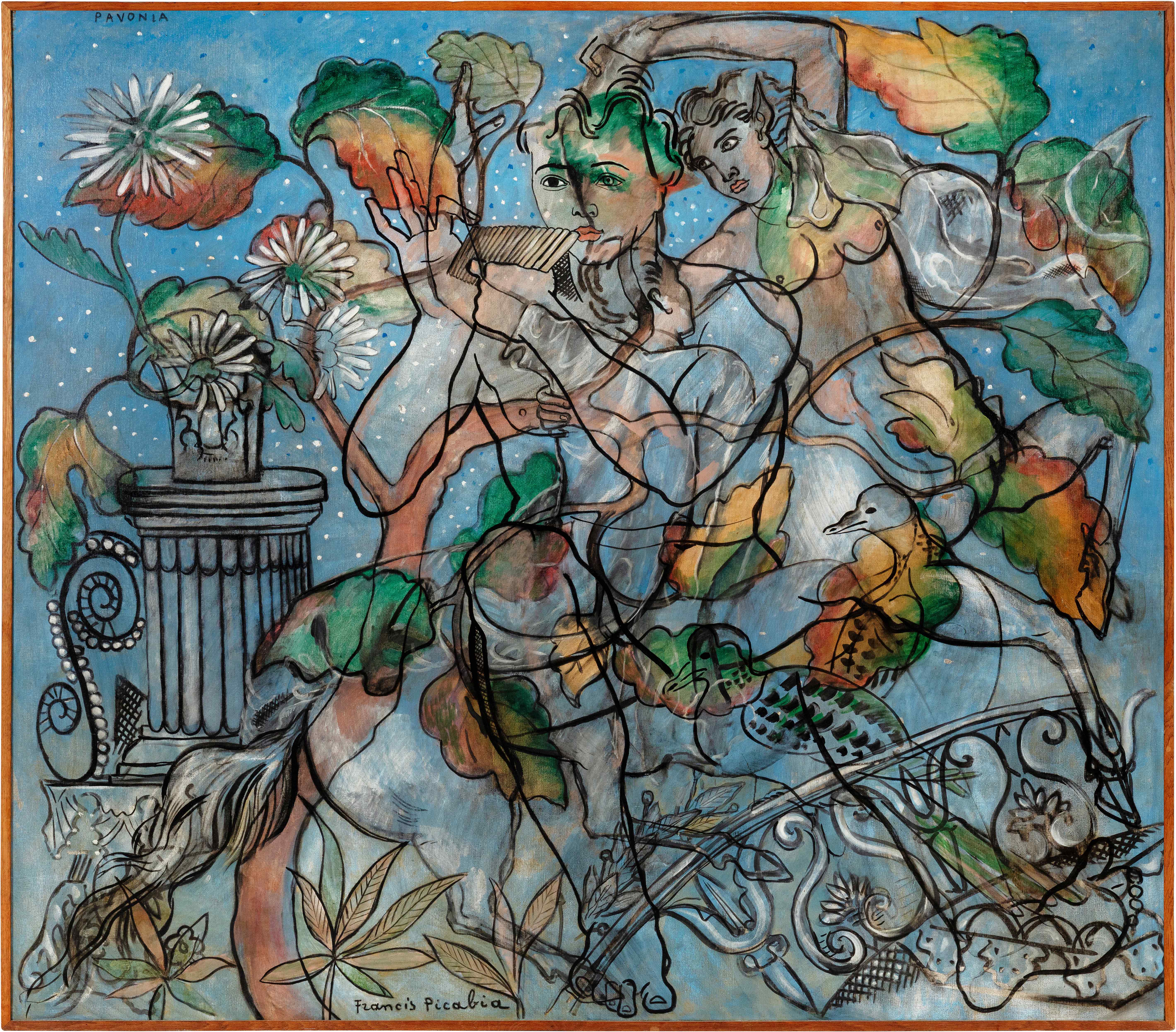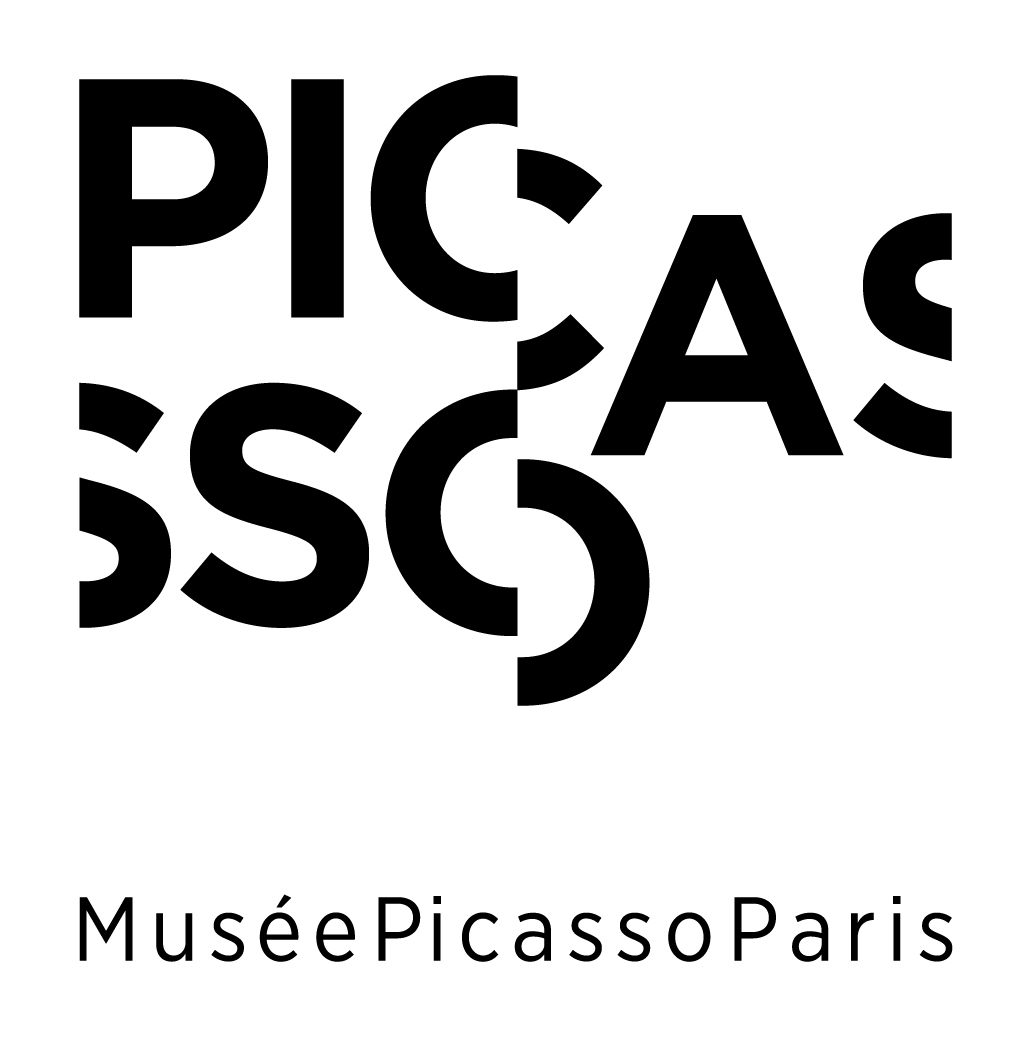Room 0.1 :
Welcome to Léonce Rosenberg’s apartment!
In 1929, art dealer Léonce Rosenberg and his family moved into a luxurious apartment in the wealthy 16th arrondissement of Paris. He invited a dozen artists to decorate the rooms. And here, some of the paintings and sculptures commissioned by Léonce Rosenberg are reunited for the first time since they were created.
Enjoy your visit!
Man with a Pipe, Picasso
Can you pick out the man in this painting by Pablo Picasso? Follow the clues: a pipe, an armchair and a patterned shirt. Look closely: the shirt is made from a strip of wallpaper glued onto the canvas. Portraying the world in geometric shapes while allowing a few everyday objects to appear is characteristic of Cubist works.
Room 0.2
Le Coup de foudre (Love at first sight) by Gino Severini
What an amazing painting! In the foreground, three actors in costume are performing. They are characters from commedia dell’arte, a genre of comic theatre invented in Italy. Behind them, Cupid, the god of love in Roman mythology, is flying over an ancient ruin. Why are these elements brought together even though they are from different eras? Have you noticed the strange sky cut out from the brown background? Do you think it’s an illusion or a dream? Through this impossible setting, Gino Severini aims to arouse your curiosity!
Room 0.3
Composition by Auguste Herbin
Auguste Herbin’s canvas is made up of a jumble of coloured shapes. But it is quite different from Man with a Pipe, which you saw earlier. In Pablo Picasso’s work, geometric figures are used to transform reality, but it’s still possible to find everyday objects. Auguste Herbin’s work on the other hand is abstract, because he’s not depicting a particular subject but is more interested in the contrast between the dark colours and the bright yellow.
Room 0.5
Seashell Flowers by Max Ernst
To create these delicate shapes, Max Ernst invented a novel technique! He applied different layers of paint and wiped off the top layers with a cloth while they were still fresh. That didn’t remove the paint entirely, giving the effect of transparency. The artist called them his “seashell flowers”. What do you think of them? In your opinion, do these shapes look more like flower petals or pearly shells?
Room 0.6
Fernand Léger’s Four Seasons
Here are Fernand Léger’s Four Seasons. At first glance, these geometric compositions seem abstract. But each time of the year is signalled by an object and a colour. Can you see the leaf, the bunch of grapes, the wheatsheaf and the skis? From these different clues, you can guess which panel is associated with winter, autumn, spring or summer. If you can’t find the answer, ask the adult with you because the solution is written on one of the panels in the room.


